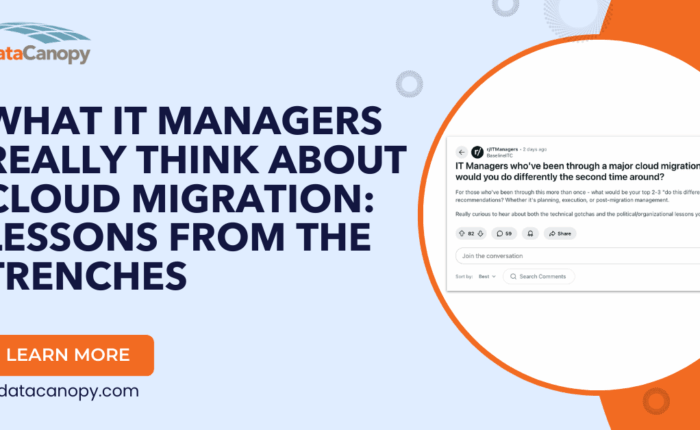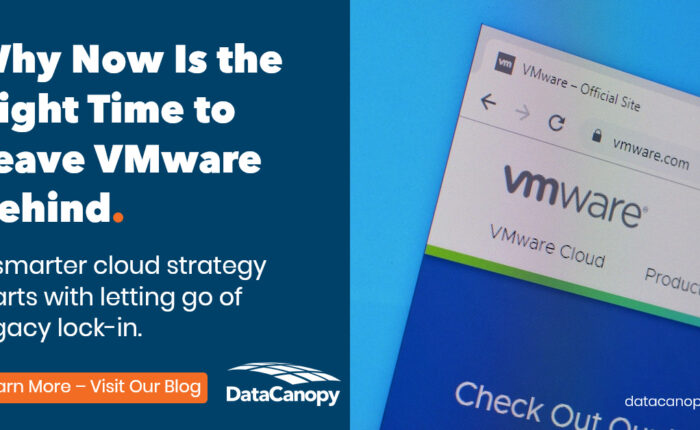In our two-part blog series, we will review how to calculate your Recovery Time Objective (RTO) and Recovery Point Objective (RPO). In part two below, we look at how to calculate your RPO (Recovery Point Objective)
RPO: Recovery Point Objective
An RPO measures the acceptable amount of data loss after a disruption of service. Or the point in time to which data will be recovered after a disaster.
To put it more plainly, the recovery point is the point prior to which all data is lost. Many clients will choose a two-week or even monthly retention period with incremental backups that log what has changed in the previous day or even hour.
The further back your RPO, the more storage you require, so the higher your budget must be. So, what would your company’s RPO be? Some businesses address this by calculating storage costs versus the costs of loss. If you had to roll your critical data back to a point two weeks ago, how much has been lost? What would it cost the business to recover? Other businesses, where RPO must be kept low, use cloud storage to create a real-time clone of their data. In this scenario, a failover happens in a matter of seconds.
Like RTO and acceptable downtime, some businesses have better tolerance for data loss. Losing more than two weeks of records for a small plumbing company for instance might be impactful but may not be very detrimental to the overall business operation. In contrast, an financial services company may find itself in trouble after only a few hours of data loss.
Both RTO and RPO involve periods of time for the measurements. However, while RTO focuses on bringing hardware and software online, RPO focuses on acceptable data loss.
Ensure mission critical data is secure and available in the event of an emergency with a disaster recovery plan and solution designed for your business. Data Canopy offers geographical redundancy from data centers nationwide, full encryption and corruption detection capabilities, and virtual server backups for seamless fail-over in the event of an outage.



